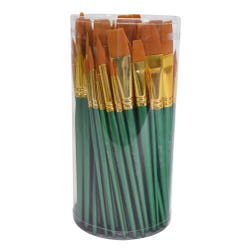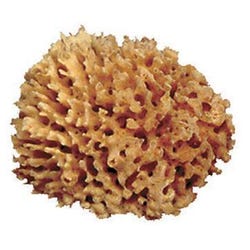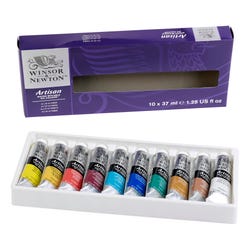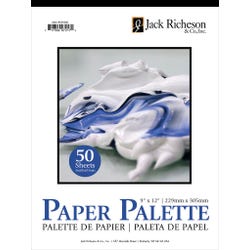Metallic Canvas Paintings

Description
Lesson Plan and Artwork by Phyllis M. Annett
Using Fredrix Gold Metallic Cut Edge Canvas, provides a shimmering metallic-colored ground that will be used with water mixable, transparent oil colors to create a luminous effect for a painting. In this lesson, students will also learn the painting technique of ‘Glazing’ with oil paint to show off the gold colored ground. Opaque white Gesso will also be incorporated in their paintings to create Impasto surfaces to add texture and visual weight to the work.
Objectives
- Learn the advantages and effects of a colored ground canvas.
- Learn and execute the Glazing technique of painting to create beautiful transparent areas of layered colors in the work.
- Experiment with Impasto techniques and Glazing on white Gesso applied with palette knives.
Supplies Needed
Fredrix® Gold Cut Edge Canvas Panels, 9 x 12 in, Pack of 3
Winsor & Newton® Artisan™ Water-Mixable Oil Colors, 1.25 oz, Set of 10
Liquitex® Gesso, Quart
Royal® Sea Wool Sponge, Each
School Smart® Wedge Foam Brushes, 1 in, Pack of 10
School Smart® Wedge Foam Brushes, 2 in, Pack of 10
Jack Richeson™ Super Safety Complete 5 Knife Set
Jack Richeson™ Paper Palette, 9 x 12 in, 50 Sheets
Sax® Optimum Golden Taklon Short Handle Brushes, Flats & Rounds, Set of 72
Standards
Standard #2: Organize and develop artistic ideas and work.
Standard #3: Refine and complete artistic work.
Standard #5: Develop and refine artistic work for presentation.
Standard #8: Interpret intent and meaning in artistic work.
Standard #9: Apply criteria to evaluate artistic work.
Standard #11: Relate artistic ideas and works with societal, cultural and historical context to deepen understanding.
Instructions
1
Show images of paintings with a luminous quality such as those from Sanford Gifford and Thomas Cole, both of the Hudson River School of Art. They used ‘Glazing’ which is the application of new, transparent color over an existing layer of dried color to achieve luminosity in their landscapes and seascapes. Demonstrate the process. Note that transparent areas of paint will change the mood of the painting.
2
Show how to identify transparent colors from those that are naturally opaque.
3
Make preliminary sketches to form good compositions and create an area of focus to highlight the luminosity of the gold metallic color of the canvas. Discuss the ‘Elements and Principles of Design’. It will be incorporated in all art work.
4
Introduce water-mixable oils.
5
Demonstrate the technique of ‘Glazing’ and also that of ‘Fat Over Lean’ to build layers little-by-little to achieve depth and luminosity for the paintings. Also review: Dry Brushing, Impasto, Blending, Underpainting and Color mixing techniques.
6
Use sheets of canvas to practice the various techniques and instructions. Block in areas by doing an underpainting. Use hog brushes (with Impasto and Scumbling), and soft bristles (for Blending and Glazing).
7
Build areas up with Glazes, creating transparent areas and variations of color: ie. red over blues, create purples. Apply areas of opaque Gesso with palette knives to add texture and visual weight to the painting.
8
Observe how the gold shimmering canvas still shows through, giving the other colors a luminous look.
9
Display and evaluate the work as a class.










